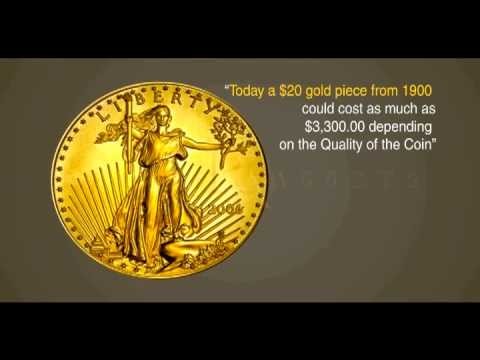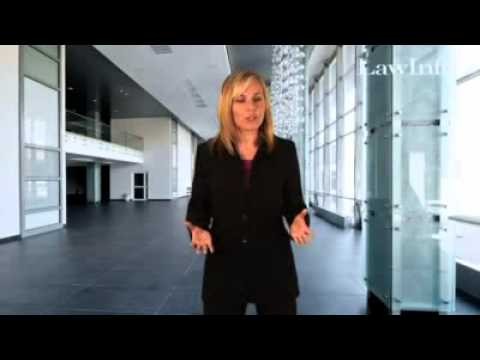OSCC Basic Overview of Commodity Option Trading
Post on: 8 Апрель, 2015 No Comment

To drive home bigger profits and pull out smaller losses,
you need a good hammer. OSCC is the best hammer.
An overview of Option trading.
The number one rule to learn, remember, and get an understanding of. is that despite what all the books say
**If you have a long call option and the future rises, it does not follow that your long call will make money. **
This site has charts to show that the long call can lose. But remember that the trader on the other side made money. This is why brokers are essential!
**Options and futures unlike stocks, are a zero sum investment.**
That means for every loser, there is a winner, and vice versa. You just need to see the big picture to know what is going on.
There are four parts to the option trading picture.
#3 is our sole focus. We do one thing and we do it right.
1. Futures Knowledge.
This comes from brokers with years of trading. They have learned who the other players are, how they react to news and how much they react. It takes experience to know what changes the market direction and how much. Finding a broker with superior futures knowledge is critical.
2. Option Strategy knowledge.
When a decision is made to leverage futures knowledge by using options, knowledge of option strategies is very important. The same expectation for a given rise in the futures can require vastly different strategies depending on market conditions and timing. This knowledge requires years of practice and having been through many different situations. It also requires good insight as to where option premiums are sitting and where they may go. Again OSCC is standing behind your broker with a big hammer. We know premiums, they know strategies.
T he OSCC Adjusted Total Max Premium (ATTP) is separate from and only partially linked to the futures and can itself move up or down irregardless of which way the futures are moving and the futures affect on premiums. Thus it needs to be addressed as distinctly different from the futures affect. This is what OSCC does. When using options as a hedge or to invest in, you need to know the big picture of option premiums in a particular contract and how that relates to other contracts. This is where OSCC and it’s option model do the work. Many option programs tell users that this or that option is over valued. But what they are really saying is that it is over valued compared to the other strike prices, However, all the strikes prices together may be severely undervalued, making that strike price actually under valued when you look at the big picture. We do things in reverse of other option programs, in that we have already determined, to the best of our ability, what the big picture is, both on a short term basis and a long term basis. This should help to increase profits. Of course we are not always right, risk changes and things happen to both option premiums and the futures that no one can predict. But if you know where you are working from, you should be set up to reduce those losses. See charts See Definitions: Premium
When a trade occurs, it is the result of a BID-ASK negotiation on the floor. However we do not know if the transaction was initiated as a buy or sell of a long or short option and whether the final price was concluded at the bid or ask price. This is, however, the price that comes across a quote as the Last Price or Trade. This is where OSCC again comes in to help with another tool. In the past we have had on our web site the OSCC Copyrighted Predicted Floor Value Quotes. These quotes predict to a high degree of accuracy what will be the next trading price for all the active strike prices for 30 year T-Bond options on the floor of the CBT. This feature is temporarily suspended. For the appropriate fee this can be done with any commodity or stock option.

4. Your final settlement price.
Commodity future and option accounts, unlike stock and stock option accounts, are marked to market every day. That is, whether you trade or not, your account is adjusted to reflect closing prices at the end of the trading day. Thus you can show a profit or loss without doing anything. It is our opinion that these final Settled prices should have values that are relative to each other. That is, when a computer applies a smooth curve to these numbers they should all fall exactly on a smooth curve. There are many option programs out there, but I have yet to have anyone prove to me they can make every strike price fall on their curve. With some 240+ parameters and memory ranges in our program, We feel that We do a much better job of matching the settled prices. Still it is not unusual for settled prices to be several ticks off the curve. The only real problem with this is the mark to market system. If an off the floor trader is on the wrong side of an off the curve price, their account could be involuntarily closed, even if it would have recovered the next day. That traders loss is someone else’s gain.
Now, however, during the seven months it has taken to rebuild this program to do the currencies, We have had a chance to look closely at their settled prices. They did fit our basic curve very nicely right away, the curve actually just sliced through the middle of them. Thus, very little parameter adjustment was needed and we ended up with a smaller amount of over and under prices, instead of all of them being way off to one side or the other.
Of course, as a matter of reality, these prices are the result of negotiations between floor traders, not computers. Thus some inconsistency is just natural. We feel that the CME is doing a much better job of this than the CBT. That is just an opinion.
Why the OSCC big option picture.
We want to educate all traders as to how the Max Premiums in a commodity contract such as December T-Bonds may affect their ability to increase profits and reduce losses. For a basic description of our option model see The OSCC Option Model System.
Customer Service
If you have any questions or comments please contact us.
If you need any additional explanations please send us an email.














